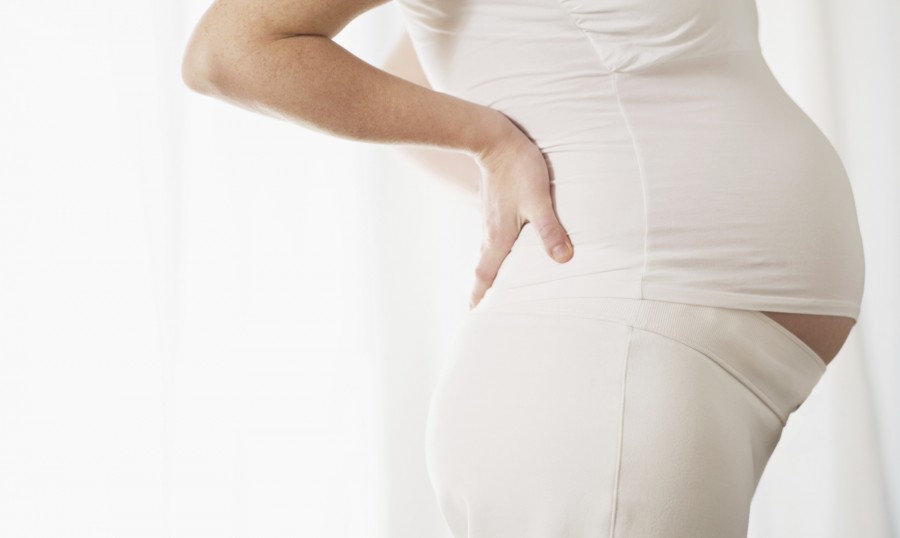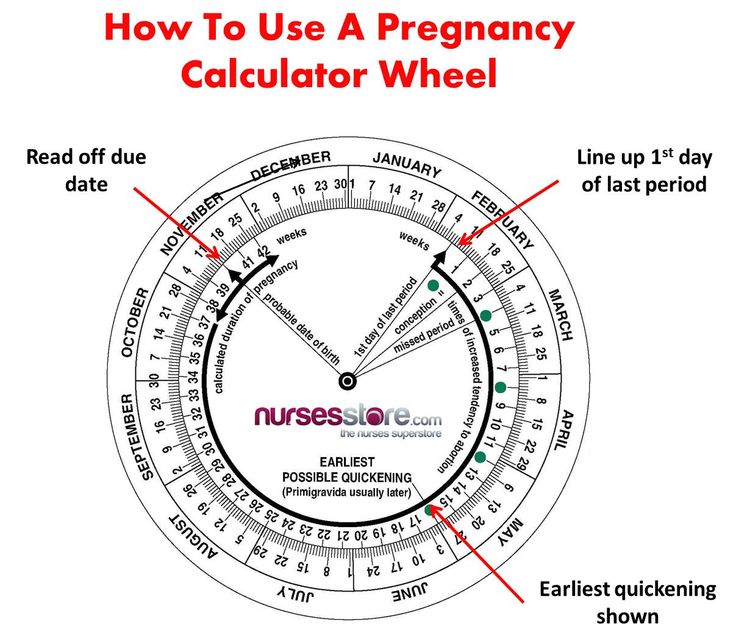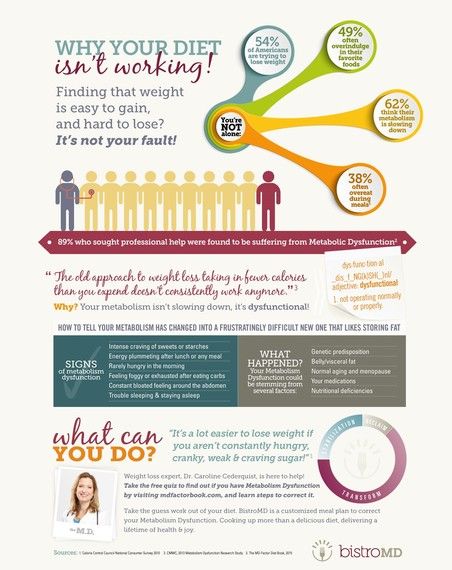Dark spots on boobs
The Reasons Behind Brown Spots Around Breasts
Breasts are one of the important body parts and need to take care of carefully. Moms should know some facts about this special body part. Moreover, it's a must to take care of your breast and pay more attention to it.
Paying attention to the breasts is a must because there are many symptoms of the disease that appear in the surrounding area, for example, such as brown spots that appear around the breasts. Is it dangerous for brown spots that appear on the breast? What is the cause and how to solve it? Read the explanation in here Moms!
What Causes Brown Spots on Breasts
1. Pregnancy and Pregnancy Hormones
Signs of pregnancy can be seen from the changes in the nipples. As reported on the Healthline page, the size of the areola glands in the body of pregnant women will enlarge due to hormones during pregnancy. Enlargement of the size of the areola glands will look like brown spots resembling pimples.
These enlarged brown spots are actually harmless because they are hormonal in nature. The size of the enlarged areola gland does not need special treatment because it will return to normal after the hormone stabilizes. Be aware not to press the brown spots as this will cause infection. If you are worried about the state of brown spots, it is recommended to consult a doctor.
2. Congested Nipples
According to the Healthline page, brown spots can also be caused by blocked nipples. The blockage can occur due to milk clots and skin formed from milk blisters. This milk blister is what causes the appearance of spots around the areola. Pressure from a nursing baby can clear any blockages. If the blockage does not go away, you will be at risk of a breast infection called mastitis.
Read also:
3. Fungal Infection
One of the causes of brown spots around the breasts is caused by a fungal infection. As a result of this fungal infection itself can cause other symptoms, such as red nipples and excessive pain.
If you have a yeast infection, contact your doctor immediately to get the right treatment. Fungal infections can be said to be dangerous because they can be transmitted to babies.
Fungal infections can be said to be dangerous because they can be transmitted to babies.
4. Pressure on the Breasts
The cause of brown spots on the breast can occur due to pressure. The use of a bra that is too tight and a sling that is too tight can cause brown spots to appear around the breasts. This can lead to blockage of the flow of breast milk (ASI).
5. Paget's Disease and Breast Cancer
Basically, brown spots on the breasts are hormonal and can disappear on their own. However, this cannot be taken lightly and needs to be watched out for because the spots that appear are symptoms of Paget's disease. The cells present in Paget's disease can form breast cancer.
Read also:
How to Overcome Brown Spots on Breasts
After knowing the cause of brown spots that appear around the breasts, Moms also need to know how to deal with them safely. Here are some method that can be applied:
1. Warm Water
Brown spots caused by blockages can go away on their own, but you can do things to relieve them, such as compressing your breasts or taking a warm bath.
2. Massage
Gentle breast massage can remove blockages that cause brown spots around the breasts.
3. Comfortable Bra
Brown spots around the breasts can also be caused by pressure from wearing a bra that is too tight. Moms need to pay attention to the size and material of the bra used during pregnancy and breastfeeding. During the breastfeeding period, Moms definitely need a comfortable nursing bra to support daily activities. A maternity nursing bra from MOOIMOM can provide complete comfort for Moms. The super-soft and seamless design supports Moms to breastfeed easier. Moms can directly get this MOOIMOM Super Soft Seamless Maternity & Nursing Bra on the MOOIMOM official website.
$[banner_single]$
4. Healthy Lifestyle
During pregnancy, mothers are encouraged to have a healthy lifestyle. Doing sports and consuming healthy foods and the right supplements can increase the body's immunity.
5. Consultation with a Doctor
If the condition caused by brown spots gets worse, you are advised to consult a trusted doctor.
What to Know About Brown Spots on Breast and Breast Cancer
When spots appear suddenly, it could be an issue. Here's what you need to know.
by Elizabeth Millard Health Writer
Medical Reviewer
Andrea Eisenberg, M.D.
Getty Images/Vadym Plysiuk
Medical Reviewer
Andrea Eisenberg, M.D.
Knowing what’s normal for your breasts is a big part of early detection for numerous issues, including breast cancer. Whether you’re noticing a new mole, changes in skin texture, dimpling, or a lump, it’s important to check in with your health provider to ensure that new development isn’t a concern. Part of that self-exam will be related to variations in the color of the skin on your breasts, and being aware of patches that might be darker, such as brown or reddish areas that weren’t there before.
The good news? “Brown spots on the breasts are not usually associated with breast cancer,” says Richard Reitherman, M.D., Ph.D., the medical director of breast imaging at MemorialCare Breast Center at Orange Coast Medical Center in Fountain Valley, CA. “However, any changes to skin color or condition on the breasts should be evaluated to pinpoint the underlying issue.”
What Causes Brown Spots on Breasts?
Although breast cancer isn’t a likely culprit for your spots, says Dr. Reitherman, you and your doctor may want to rule out this possibility with diagnostic imaging. Other, more probable causes for these spots include the following.
Allergic Reaction
Skin on the breasts is often more sensitive than skin in other areas of the body, says Dr. Reitherman, so you might have an allergic reaction there to products like detergents or fragrances but not anywhere else. This type of reaction, called contact dermatitis, is usually temporary but can result in brown or red skin patches, as well as itching.
Lupus
A chronic, autoimmune disease that can damage any part of the body, lupus is more common among women of childbearing age, according to the Centers of Disease Control. Symptoms can differ from person to person—one lupus patient may have swollen joints, for example, while another could have kidney issues—and the disease can affect almost any organ in your body. Since skin is an organ, that means you may see rashes anywhere, including the breasts, Dr. Reitherman says.
Keep in mind that if your brown spots are related to lupus, those probably wouldn’t be your only indication you have the disease, he adds. You may also experience fever, muscle pain, fatigue, light sensitivity, hair loss, or chest pain.
Postpartum Changes
Breast swelling and reduction aren’t the only shifts that come with pregnancy and breastfeeding. Dr. Reitherman says breasts can also have color changes, particularly in the nipples and areolas. This is caused by hormones that stimulate cells responsible for producing pigment, he adds. Although it’s not common to have large patches of discoloration as part of postpartum shifts, it can happen as your body adjusts. However, he says if these don’t seem to be resolving within a few months, check with your doctor.
Although it’s not common to have large patches of discoloration as part of postpartum shifts, it can happen as your body adjusts. However, he says if these don’t seem to be resolving within a few months, check with your doctor.
Paget’s Disease
If your brown spots are appearing on your nipples, which look darkened and it’s unrelated to pregnancy, and especially if you’re over 50, definitely make an appointment: There is a rare form of breast cancer called Paget’s disease that starts with nipple discoloration. This type of cancer usually occurs only in one breast and has additional symptoms like nipple discharge, itching, redness, thickening skin on the breast, and flaky or scaly skin on the nipple.
Bruising or Hematoma
Another possibility for brown spots would be bruising, potentially from an injury you didn’t notice at the time, like bumping into furniture. It could also come from more significant trauma that causes swelling and a lump under that skin, a condition called a hematoma that often takes weeks and sometimes months to resolve.
In either case, it’s likely your brown spots would be tender to the touch, similar to getting a bruise or hematoma anywhere else on the body. In the case of hematoma, there may be sharp pain or restricted movement, depending on its location.
Seborrheic Keratosis
If your brown patch has a slightly raised quality, like a large mole, and seems waxy or scaly, then you may have a noncancerous skin condition called seborrheic keratosis. These skin growths are a very common part of aging, and Mayo Clinic notes that people tend to get more of them as they get older. They’re usually brown, black, or light tan, and considered harmless but they can be itchy or get irritated depending on where they’re located, so some people opt to have them removed. If you have a suspected keratosis that bleeds often and doesn’t heal, consider seeing a dermatologist, since that can be a sign of a precancerous lesion called actinic keratosis.
When Spots Meet Dimples
If there’s a certain texture of dimpling or bumps within brown spots—or the areas are also reddish or pink—pay attention: This might be a sign of inflammatory breast cancer (IBC), according to Janie Grumley, M. D., a breast surgical oncologist and director of the Margie Petersen Breast Center at Providence Saint John’s Cancer Institute in Santa Monica, CA.
D., a breast surgical oncologist and director of the Margie Petersen Breast Center at Providence Saint John’s Cancer Institute in Santa Monica, CA.
Typically occurring in women younger than 40, this cancer makes up about 1% to 5% of all breast cancers, according to the American Society of Clinical Oncology. Black women appear to develop inflammatory breast cancer more often than white women, the American Cancer Society reports, and it’s more common among women who are overweight or have obesity.
This type of cancer can grow and spread quickly, and often looks like a rash or bug bite at first. It tends to be painless, but there are some instances where breast tissue may be especially tender. In addition to a difference in color in the skin, there tends to be a type of dimpling that looks like the outside of an orange, Dr. Grumley says, and there’s a thickness or roughness to the skin.
Of course, you may just have a rash that’s causing redness or a brown patch and it’s not IBC. Considering that the cancer is considered rare, a benign explanation is the most likely scenario, she adds. However, if you have these symptoms for more than a couple weeks and the color and texture issues aren’t resolving—and especially if they seem to be getting worse—be sure to see your health provider and get checked.
Considering that the cancer is considered rare, a benign explanation is the most likely scenario, she adds. However, if you have these symptoms for more than a couple weeks and the color and texture issues aren’t resolving—and especially if they seem to be getting worse—be sure to see your health provider and get checked.
Treatment for Brown Spots on Your Breast
How you resolve any discoloration on your breast depends largely on what’s causing the issue, says Dr. Reitherman. If you’re having an allergic reaction to a certain product, for example, the treatment is usually just discontinuing use of that item and waiting to see if the spot starts to clear up.
With a more serious issue like lupus, you would be referred to a specialist—in this case, a rheumatologist—who could tailor treatment based on your symptoms, with the aim of reducing the severity of flares.
If the brown spots are caused by bruising or a hematoma, Dr. Reitherman says the main treatment is time and patience as they resolve, but if your hematoma is causing functional issues like restricted movement or is particularly painful, you can have a procedure that drains blood from the area to provide relief.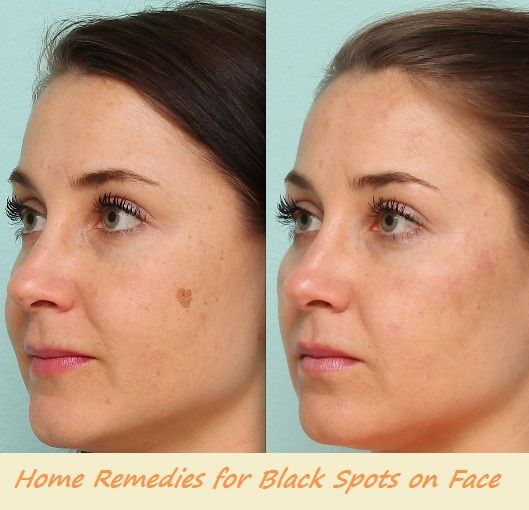
Also, just because brown spots aren’t usually associated with breast cancer doesn’t mean it’s an impossibility that might be the case. Just as you would with any sudden change to your breast that doesn’t resolve within a few weeks, it’s important to get checked since early detection is key for better outcomes with breast cancer treatment.
“Basically, when in doubt, don’t wait until your next screening appointment, even if it’s only a couple months away,” suggests Dr. Grumley. "The sooner you can get in, the sooner we can work together to figure out what’s happening and start treatment if needed.” Bottom line? Good health is always the priority.
Skin Spot Causes: Mayo Clinic. (2022.) “Contact Dermatitis.” https://www.mayoclinic.org/diseases-conditions/contact-dermatitis/symptoms-causes/syc-20352742
Lupus: Centers for Disease Control and Prevention. (2022.) “Diagnosing and Treating Lupus.” https://www.cdc.gov/lupus/basics/diagnosing. htm
htm
Keratosis: Mayo Clinic. (2022.) “Seborrheic Keratosis.” https://www.mayoclinic.org/diseases-conditions/seborrheic-keratosis/symptoms-causes/syc-20353878
Paget’s Disease: Mayo Clinic. (2021.) “Paget’s disease of the breast.” https://www.mayoclinic.org/diseases-conditions/pagets-disease-of-the-breast/symptoms-causes/syc-20351079
Inflammatory Breast Cancer: American Society of Clinical Oncology. (2022.) “Breast Cancer - Inflammatory. Statistics.” https://www.cancer.net/cancer-types/breast-cancer-inflammatory/statistics
Meet Our Writer
Elizabeth Millard
Elizabeth Millard is a freelance journalist specializing in health, wellness, fitness, and nutrition. Her articles have appeared in SELF, Men’s Health, CNN, MyFitnessPal, and WebMD, and she has worked on patient education
Age spots - ERA ESTHETIC
Diagnosis and treatment
Age spots can be congenital or acquired. Over time, they become more and more for various reasons. A dermatologist will diagnose age spots and prescribe treatment based on their type, as well as the causes, density, intensity, location and age of the patient.
Over time, they become more and more for various reasons. A dermatologist will diagnose age spots and prescribe treatment based on their type, as well as the causes, density, intensity, location and age of the patient.
In what areas do age spots occur?
In young people, they are most often located in the forehead, nose, cheeks and upper lip. In older people, age spots often appear on the back, chest, and on the outside of the arms. For people under 50, increased pigmentation is often a sign of premature aging.
What causes increased pigmentation?
Melanocytes, the cells that produce melanin, the main skin pigment, are responsible for skin pigmentation. It is a normal skin pigment containing sulfur. With an increase in melanin production, pigmentation increases, and in connection with its decrease, local or widespread reductions in pigmentation or its absence (vitiligo) appear.
Skin pigmentation is closely related to the vitamin and enzyme balance of the body. A lack of vitamins A, C and PP increases melanogenesis (melanin production), and a lack of B vitamins reduces it. The activity of melanocytes is influenced by adrenal hormones, sex hormones, thyroid activity, microelements (copper, zinc, iron), intercellular skin enzymes. The most dangerous violation of local pigmentation is melanoma, which is a neoplasm containing melanin.
A lack of vitamins A, C and PP increases melanogenesis (melanin production), and a lack of B vitamins reduces it. The activity of melanocytes is influenced by adrenal hormones, sex hormones, thyroid activity, microelements (copper, zinc, iron), intercellular skin enzymes. The most dangerous violation of local pigmentation is melanoma, which is a neoplasm containing melanin.
Age spots can occur as a result of hormonal imbalance, in diseases of the thyroid gland, liver, in women - during pregnancy and in gynecological diseases. Often, age spots appear in people suffering from various chronic diseases or diseases of the nervous system, working with various chemicals and fever, experiencing a lack of vitamin C. Pigmentation can increase as a result of the action of various substances that have entered the body. Also, age spots can remain after burns, injections, insect bites, due to certain skin diseases, or after contact with certain plants. In the face area, age spots can appear when using irritating substances - various creams and soaps, in the torso area - as a result of squeezing and friction. The sun has a strong influence on the occurrence of age spots.
The sun has a strong influence on the occurrence of age spots.
What treatments are available for age spots?
Treatment of age spots can be carried out in the following ways:
- Medication - by applying highly concentrated bleaching preparations to the skin, which can be used for a short time and only under medical supervision.
- Cleansing the skin with peelings - carried out locally using certain acids: salicylic, glycolic, trichloroacetic. Depending on the structure and localization of the pigment spot, the peeling intensity can be increased with the help of so-called activators.
- Mesotherapy - by introducing cocktails of various preparations into the skin.
- Removal of age spots with a laser. Read more about this. Removal of age spots with a laser.
Prevention of the appearance of age spots
To prevent the appearance of new age spots, it is necessary not to abuse sunbathing, solarium, and also use products with a high sun protection factor of 30-50 SPF.
The article is the intellectual property of the Era Esthetic Laser Dermatology Clinic; copying and/or distribution is prohibited.
Age spots on the body: treatment, causes, symptoms
Age spots are harmless and do not cause any particular inconvenience, except that they spoil the appearance and contribute to the development of complexes and self-doubt. To understand how to deal with them, in this article we will first find out the reasons for their appearance, and then we will figure out how to get rid of unnecessary pigmentation.
What are age spots?
Age spots are flat, often rounded, areas of the skin that differ in color from the rest of the skin and stand out on it. If you find a spot on your body that differs in color from the rest of the skin, then this is a pigment spot. There may be several such spots.
So why do these spots appear? First of all, this is due to the fact that skin pigmentation is impaired.
Causes of hyperpigmentation.

In men and women, pigmented formations appear for several reasons.
- Exposure to UV rays in a solarium or outdoors. Due to the fact that when exposed to ultraviolet rays, the skin synthesizes melanin, just a tan appears. But, if you abuse the stay in the sun or in the solarium, then there is excessive pigmentation.
- Pigmentation may be caused by hormonal changes. The point is again in melanin, for the production of which, last but not least, the endocrine glands responsible for the synthesis of hormones are responsible.
- Pregnancy can provoke the appearance of spots, during which powerful hormonal changes occur.
- Pigmentation may appear after injury. The integrity of the skin is broken, and post-traumatic hyperpigmentation occurs.
- Some medications cause the side effect of excessive skin pigmentation.
- Diseases of the liver very often affect the appearance, including the appearance of age spots.
- Poor-quality and incorrectly selected cosmetics contribute to changes in the skin.

- Various inflammations are a concomitant factor for pigmentation.
- Hormonal contraceptive pills provoke unnecessary pigmentation.
- Sometimes there is a hereditary factor.
These are the main reasons, there are others, for example, the performance of cosmetic procedures by people who do not have the appropriate professional skills and specialization.
What are age spots?
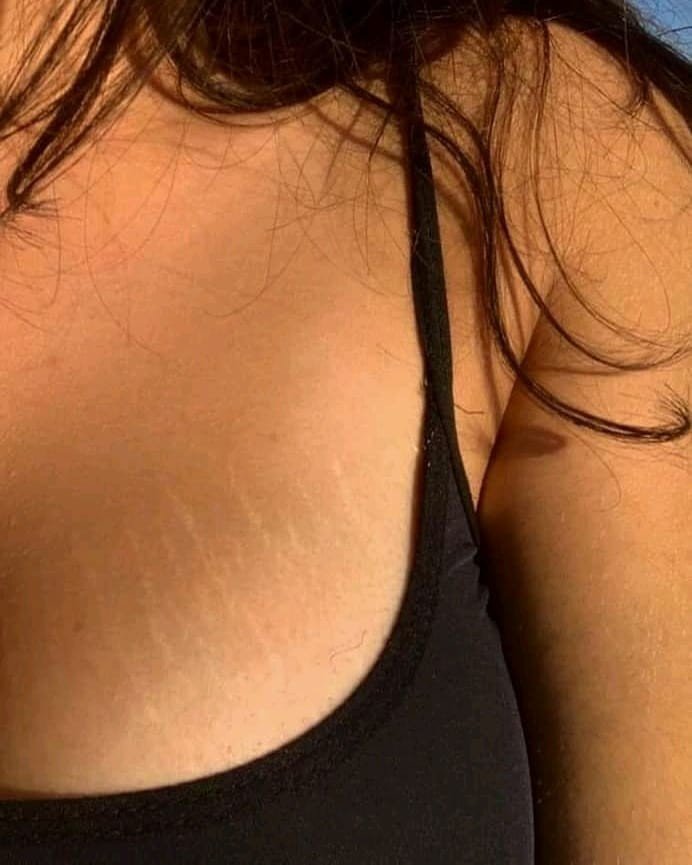 They are in the nature of focal hyperpigmentation of different sizes with clear boundaries. For the most part, such spots appear in diseases of the internal organs.
They are in the nature of focal hyperpigmentation of different sizes with clear boundaries. For the most part, such spots appear in diseases of the internal organs. How to treat age spots?
Today there are several ways to treat hyperpigmentation.
There are also folk remedies, but not only do they not give a guaranteed result, but they can also harm the skin.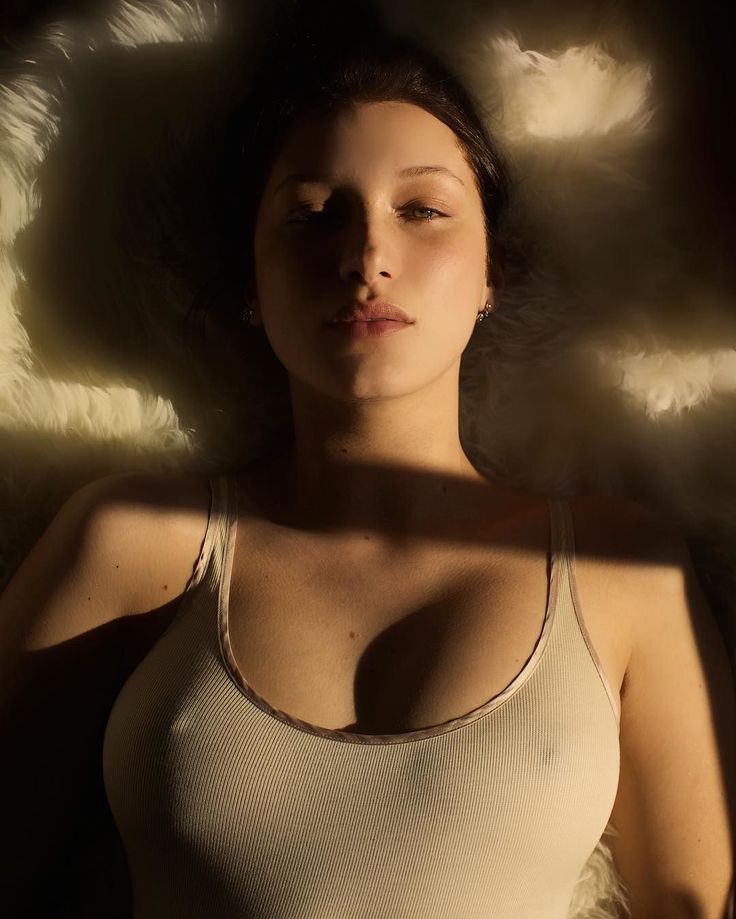
The best and most reliable way is laser treatment or phototherapy. It's fast and efficient. In
our clinic of laser cosmetology "Laser Estctic" for the removal of age spots we use modern laser devices Candela and Lumenis IPL QUANTUM
, which are recognized
the safest in the world! Call us or leave a request on the website to sign up for the
procedure.
We are waiting for you
at Laser Aesthetic
By clicking on the "Register for the procedure" button, I consent to the processing of personal data in accordance with the privacy policy
Laser hair removal CANDELA
Photorejuvenation
Fractional DOT rejuvenation
Laser resurfacing
Smas lifting ALTERA
Smas lifting ULTRAFORMER
Medical cosmetology
Men's cosmetology
Assuming a vascular mesh
Pigmentation Treatment
RF facial lifting
Bikini laser hair removal 9000,
Hair removal on the face
Laser Epilation of the entire body
Male laser epilation Laseric epilation Pissile Proceedings.
